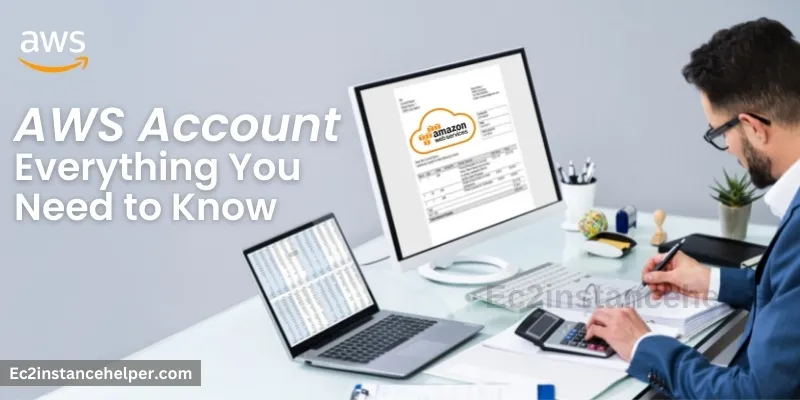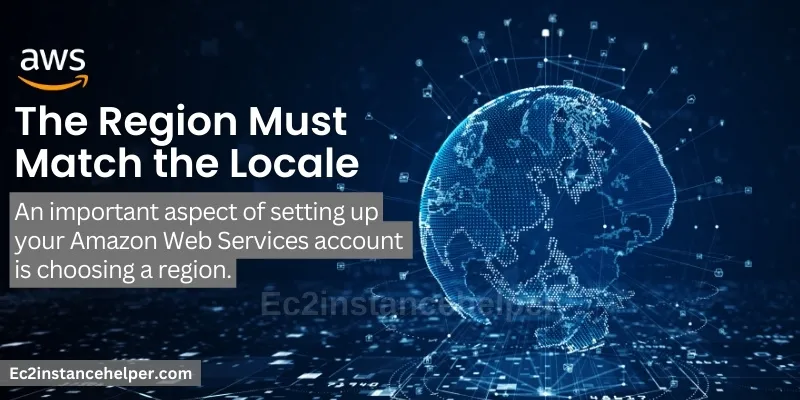AWS (Amazon Web Services) offers a robust and comprehensive cloud computing platform that powers businesses of all sizes around the world. To leverage the vast array of AWS services, it is crucial to have a solid understanding of the AWS account and its foundational concepts. In this beginner’s guide to AWS Account 101, we will explore the basics and help you get started on your AWS journey. You will gain a clear understanding of what an AWS account is, its role in accessing and managing AWS services, and the key considerations when setting up your account. From navigating the AWS Management Console to managing users and permissions, we will provide step-by-step guidance to help you create and configure your AWS account effectively.
What Is an AWS Account?
An AWS account is a user account that allows you to use the AWS platform. You can use an AWS account to launch and manage services, access the console, issue API requests, and more. An AWS account is free to create and use.
The first step in getting started with AWS is to create an Amazon Web Services (AWS) account. This can be done in one of two ways: directly from their website or through Amazon’s user portal called “Login & Pay with Amazon” (LPWA). Once you have created your new AWS Account there are certain things that need to be done before being able to get started using any of their services such as
- Create users within your organization so they can access resources independently without having direct access to any systems outside of those accounts only allowing them permission levels based on what role level someone may fall under within their organization
- No one person has complete control over everything which keeps everyone accountable for the following policy when it comes down to it because if something goes wrong then everyone knows exactly who did what wrong instead of just pointing fingers at each other saying “I didn’t do anything wrong! It was him/her who messed up our server last year when we were trying out something new!”
The Region Must Match the Locale
An important aspect of setting up your Amazon Web Services account is choosing a region.
- Regions are geographical locations, and they’re further divided into AWS regions and AWS regions. The former has a single physical location, while the latter can span multiple geographies.
If you want your cloud services to be accessible to users in different countries or continents, then it’s best to choose one of these global regions when creating your account.
What are the AWS region and Availability zone? 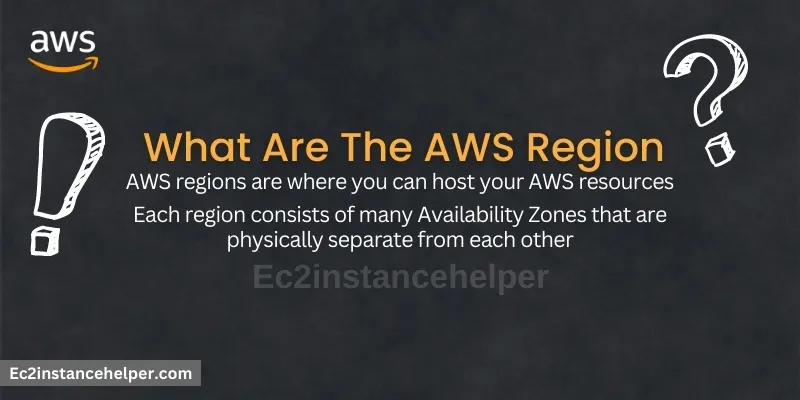
- AWS regions are where you can host your AWS resources.
- Each region consists of many Availability Zones that are physically separate from each other.
The AWS platform is designed to provide redundancy and high availability for all the resources located in a given region, so it makes sense that each region would have multiple availability zones.
- The difference between regions and Availability zone?
AWS regions are virtual geographic areas within which you can create resources and access them over a network connection. You pay only for what you use, which means that you don’t need to worry about paying for unused capacity when there’s no one around.
The AWS platform is designed to provide redundancy and high availability for all the resources located in a given region, so it makes sense that each region would have multiple availability zones.
The Availability Zone Must Match the Region
- The availability zone must match the region.
- The availability zone is the physical location of the server, and it must be in the same region as your instance.
- The region is the geographic location of your server, and if you have not chosen a specific region when creating an instance, Amazon Web Services (AWS) will choose one for you automatically.
If you do not know which regions are available to choose from when creating an instance, we recommend choosing us-east-1 because it has many more products and services than any other region currently offered by AWS.
You should also check that both your account’s current billing address and credit card billing address match if they exist at all; otherwise, charges could be applied to another account instead!
An Amazon Machine Image Is a Virtual Server 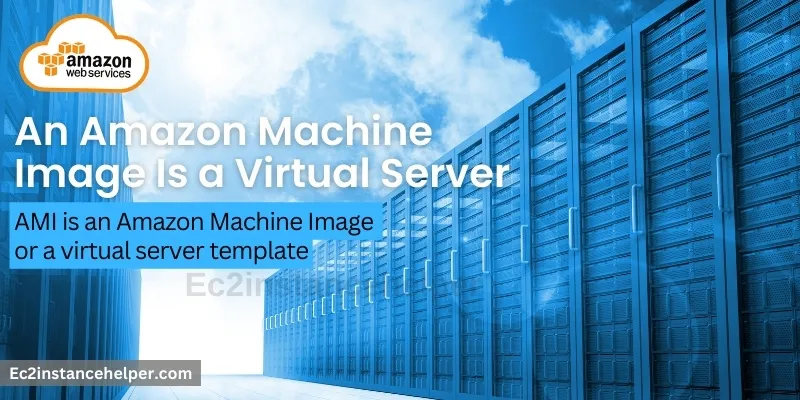
- AMI is an Amazon Machine Image or a virtual server template. It’s like a basic operating system that you can use as the basis for new virtual servers.
- When you create an AMI, it has certain components and settings—such as software packages and applications—already installed on it.
- You can use the AMI to create new instances of your application so that you don’t have to set up all of those components from scratch each time.
Multiple Instances of an AMI Can Be Used
To create a new instance and run an application, you need to first launch the AMI (Amazon Machine Image) that contains your application. The AMI is basically a template for your virtual server. Once you have launched an instance, you can use it to run multiple applications or services on the same machine. You can also spin up as many instances of that AMI as needed; this means that each of those instances will be separate from each other in terms of memory and storage resources but they are connected to each other through the network interface card (NIC).
The AMI Can Be Transferred to Other Regions 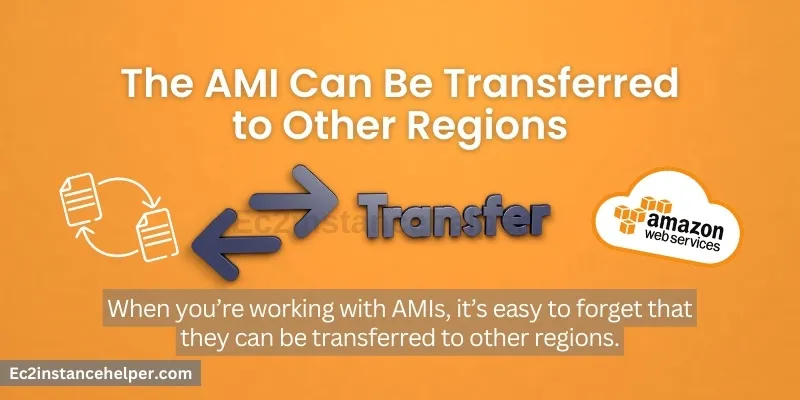
When you’re working with AMIs, it’s easy to forget that they can be transferred to other regions. This is a handy feature when you have to use AMIs in different geographical locations or if someone else needs access to your Amazon Web Services account. Here are the steps:
- Go to the AWS Console and select your region on the left side of the screen.
- Click Instances in Your Account, then click on Launch Instance (or use an instance that has already been launched).
- Choose an available AMI from one of our partners or upload a custom image from S3 or EBS storage and click Launch. You can launch multiple instances at once as long as they all use an AMI from our partners; it’s not possible for us to transfer private images into other regions without wiping them first (which isn’t recommended).
AWS Credentials Can Be Rotated
- If you are using the AWS platform, then it is highly recommended that you rotate your credentials.
- You should rotate them every 90 days or whenever there is a security breach.
- In addition to this, you should also change your credentials when there is a change in the AWS account – such as if someone new starts using an existing account while someone else leaves employment or retires from their position at an organization because this can lead to more authorized access than necessary being given out.
Trusted Advisors – Cost-Saving Opportunities and Security Vulnerabilities
If you’re like most AWS users, you probably have a lot of unused resources. While this can help with cost savings, it also means that your AWS account is likely to be vulnerable to security vulnerabilities and other threats.
That’s why we recommend using AWS Trusted Advisor as part of your ongoing management efforts. The tool will scan your account to identify potential cost-saving opportunities as well as potential issues that could put your data at risk. It also provides timely recommendations on how to address these issues before they become major problems for your company!
Check out these tips for managing your AWS account.
If you’re new to AWS, here are some tips to help you get started:
- Get an account. If you don’t already have one, sign up for an account now. You’ll be asked to provide your name, email address, and payment method during the registration process—you can use a credit card or Amazon gift card as your method of payment. Once completed, you’ll receive an email asking for contact information that will appear on all invoices generated by AWS services in the future (this information is required by law).
- Learn about the different types of services available on AWS. These include computing instances like EC2 and EBS volumes; storage options including S3 buckets and Glacier archives; databases such as RDS instances; networking services like VPCs; identity management tools like IAM
- monitoring tools including CloudWatch metrics & alarms as well as SNS topics & subscriptions
Conclusion
We hope this post has been helpful for you to get started with your AWS account. It’s not always easy to understand all of the different aspects of the platform, but we think that by reading this article and listening to our podcasts on other topics related to the cloud, you will be well on your way! If you have any questions or comments about what we covered here today, feel free to leave them below in our comment section.
